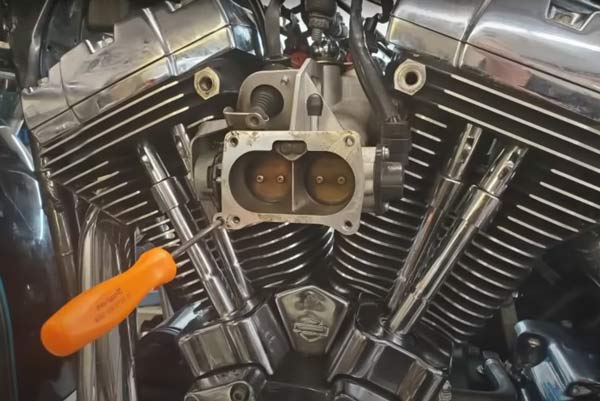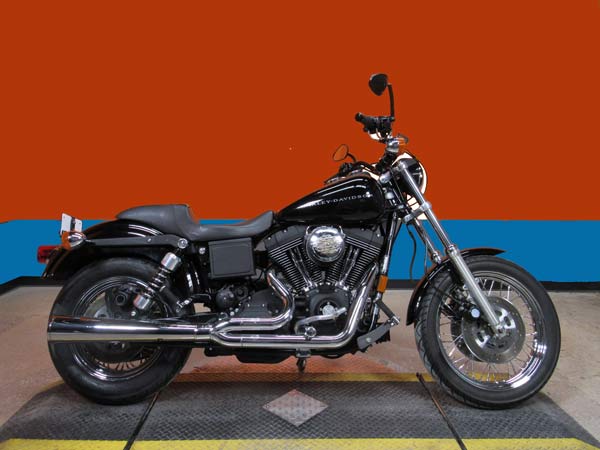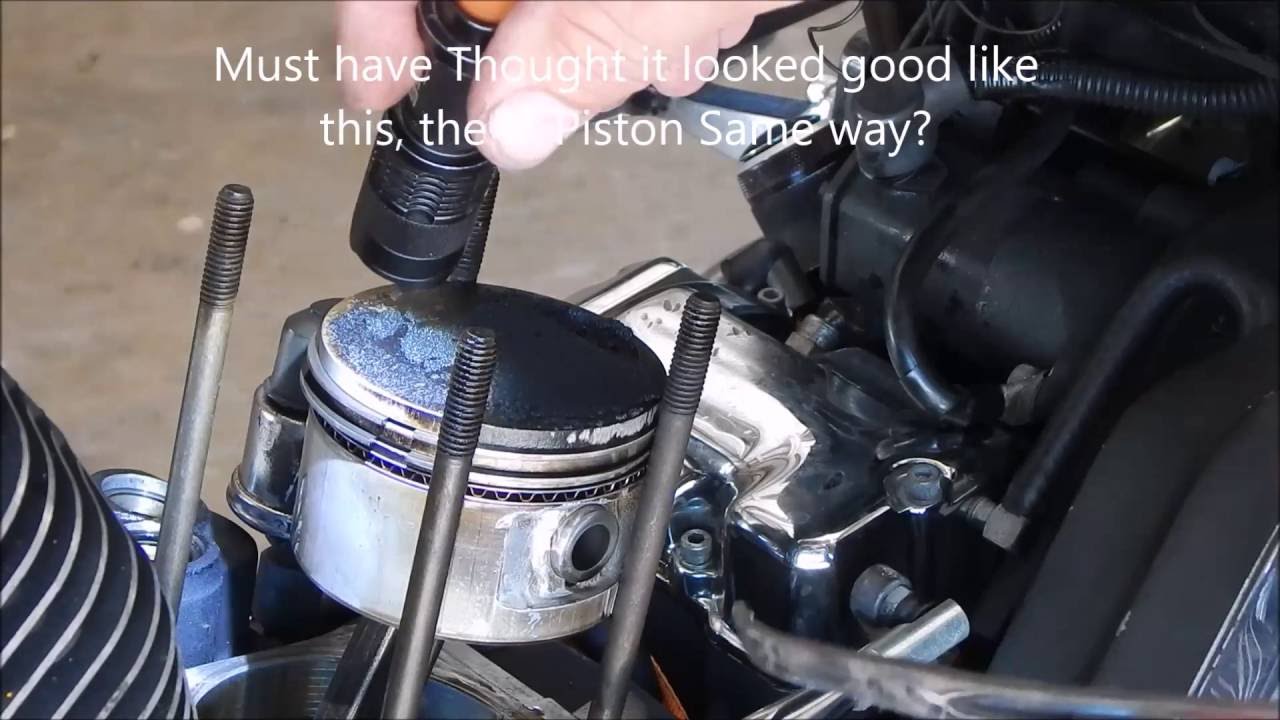The Evo engines have been in production since 1984 and are known for their power and durability. But they do have their fair share of issues. If you are an Evo-enthusiast, you must have a sound knowledge of these issues.
So, what are the common Harley Davidson Evolution engine problems? Oil leaks and cam chain tensioner issues are some of them. Moreover, starter problems, smoking problems, and failure of the charging system are also there. 1991-99 has been the best years for this engine, while 1984-87 has been the worst.
In this article, we will discuss all these problems and how to fix them. Also, we will dig deep into the model years of this engine that could and couldn’t thrive. Keep reading whether you own a Harley-Davidson or are just curious about its mechanics.
Harley Davidson Evo Engine: Common Issues And Fixes At A Glance
Here’s a table to give you a brief idea about common issues associated with the Harley Davidson Evolution engine regardless of the years and their fixes.
| Issues | Fixes |
|---|---|
| 1. Oil Leaks and Excessive Oil Consumption | Regularly check/change engine oil & filter |
| Use high-quality oils/parts | |
| Repair leaks | |
| Replace worn components | |
| 2. Cam Chain Tensioners | Replace with upgraded tensioners/manual adjusters |
| Inspect cam chain/components and repair/replace | |
| Lubricate regularly | |
| 3. Starter Problems | Ensure battery is charged/maintained |
| Check solenoid/motor for wear/damage and replace as needed | |
| 4. Charging System Failure | Test voltage regulator/alternator/wiring and repair faults |
| Consider upgrading to a higher-output system | |
| 5. Smoking Problem | Replace worn/damaged piston rings/valve seals |
| Clean/replace PCV system | |
| Replace damaged cylinder head gasket | |
| Maintain proper oil levels and use high-quality oils | |
| Perform regular maintenance |
Common Harley Davidson Evolution Engine Problems And Solutions
The famous Evo engine of Harley Davidson has been ever so reliable. However, it isn’t devoid of issues. Let’s look at the common ones and their solutions regardless of the years.
1. Oil Leaks And Excessive Oil Consumption
Evo engines can develop oil leaks from various places, including rocker boxes, pushrod tubes, and base gaskets. In addition, some Evolution engines are prone to consuming excessive amounts of oil due to worn piston rings, valve guides, or seals.
Solutions
- Regularly check and change the engine oil and filter as per the manufacturer’s recommendations
- Use high-quality oils and parts to reduce wear and tear on the engine
- Repair any oil leaks as soon as they are identified
- Replace responsible worn components like piston rings, valve guides, etc.

2. Cam Chain Tensioners
Evo engines can experience premature wear or failure of the cam chain tensioners. This can cause noisy operation, reduced performance, or even catastrophic engine damage. This can be caused by insufficient lubrication or poor-quality components.
Solutions
- Replace the stock cam chain tensioners with upgraded hydraulic tensioners or manual chain adjusters
- Regularly inspect the cam chain and associated components for signs of wear or damage and repair or replace them accordingly
- Don’t forget to lubricate regularly
3. Starter Problems
Some of the Harley Davidson Evolution engine problems can be with the starter motor, including failure to engage or turn over the engine. This can be caused by a weak battery, a faulty starter solenoid, or worn starter motor components.
Solutions
- Ensure your Harley Davidson battery is charged and maintained properly
- Check the starter solenoid and motor for wear or damage and replace them as needed
4. Charging System Failure
Some Evo engines can experience problems with the charging system, which can cause the battery to become discharged or fail to start the engine. A faulty alternator, voltage regulator, or wiring might be the culprit here.
Solutions
- Test your Harley’s voltage regulator, alternator, and wiring to identify and repair any faults
- Consider upgrading to a higher-output charging system if the stock system is inadequate
5. Smoking Problem
Your Harley Davidson can experience smoking problems caused by
- Worn piston rings or valve seals
- A clogged or damaged PCV system
- A blown or damaged cylinder head gasket
- Overfilling oil
Watch this video to get the hang of this issue more precisely.
Solutions
To address smoking issues, it’s important to identify the root cause and perform necessary repairs such as
- Replace worn or damaged piston rings or valve seals
- Replace or clean the PCV system
- Replace the cylinder head gasket if damaged
- Ensure proper oil levels are maintained and avoid overfilling
- Use high-quality oils and perform regular maintenance to prevent smoking problems from developing
Best Years for Harley Davidson Evolution Engine
In terms of performance, the best years for the Evo engine were from 1991 to 1999. These were the years when Harley Davidson made significant improvements to the engine’s design. This resulted in better horsepower and torque output.
One of the key improvements during this time was the switch from a carburetor to electronic fuel injection. This allowed for better fuel efficiency and smoother operation.
Another improvement was the addition of hydraulic lifters, which reduced valve train noise and increased engine reliability. The Evo engine also received improvements in its ignition system, exhaust system, and transmission. All of these contributed to its overall performance and reliability.
Some popular Harley Davidson models from these years include
- Harley Davidson Softail (1991-1999)
- Harley Davidson Dyna (1991-1999)
- Harley Davidson Road King (1994-1999)

Worst Years for Harley Davidson Evolution Engine
The worst years for the Harley Davidson Evolution engine was the early years of production, particularly the 1984-1987 models. During this time, the Evo engine was still a new design and had not yet been fully developed.
As a result, these early models had several common problems and issues that were later addressed in later model years.
Some of the specific problems associated with the early Evo engine models include
- Top-end oil leaks
- Cam chain tensioner failure
- Transmission issues
- Electrical problems, including charging system problems and issues with the ignition system
Some of the popular Harley Davidson models that were produced during these years include the Softail, Sportster, and Touring models. Examples of specific models from these years include:
- 1985 Harley Davidson FXWG Wide Glide
- 1986 Harley Davidson XLH 883 Sportster
- 1987 Harley Davidson FLST Heritage Softail
FAQs
Let’s look at some of the frequent questions and their answers related to problems of the Evo engine
Q. Can the Harley Davidson Evolution engine be rebuilt?
Ans. Yes, the Harley Davidson Evolution engine can be rebuilt. During an engine rebuild, worn or damaged parts are replaced and the engine is disassembled and reassembled with new parts. A qualified mechanic or technician should perform the rebuild.
Q. What can I do to prevent problems with my Harley Davidson Evolution engine?
Ans. Regular maintenance and proper use can help prevent problems with your Harley Davidson Evo engine. This includes regular oil changes, proper tuning, and avoiding excessive wear and tear on the engine.
It is also important to address any issues as soon as they arise to prevent further damage.
Q. What kind of oil should I use in my Harley Davidson Evolution engine?
Ans. Harley Davidson recommends using a high-quality, synthetic 20W-50 motor oil in the Evolution engine. It is important to use oil that meets the Harley Davidson specifications for your specific engine model.
Final Thoughts
This article provides a discussion of the common problems experienced by the Harley Davidson Evolution engine. Moreover, it also tells you the best and worst years for this engine. The issues include oil leaks, cam chain tensioner issues, and camshaft wear and failure, among others.
It also offers solutions for each problem. This involves using high-quality oils and parts, replacing worn components, and upgrading to a higher-output charging system. Overall, the article is a helpful resource for Harley-Davidson owners and enthusiasts who want to maintain their bikes properly.
